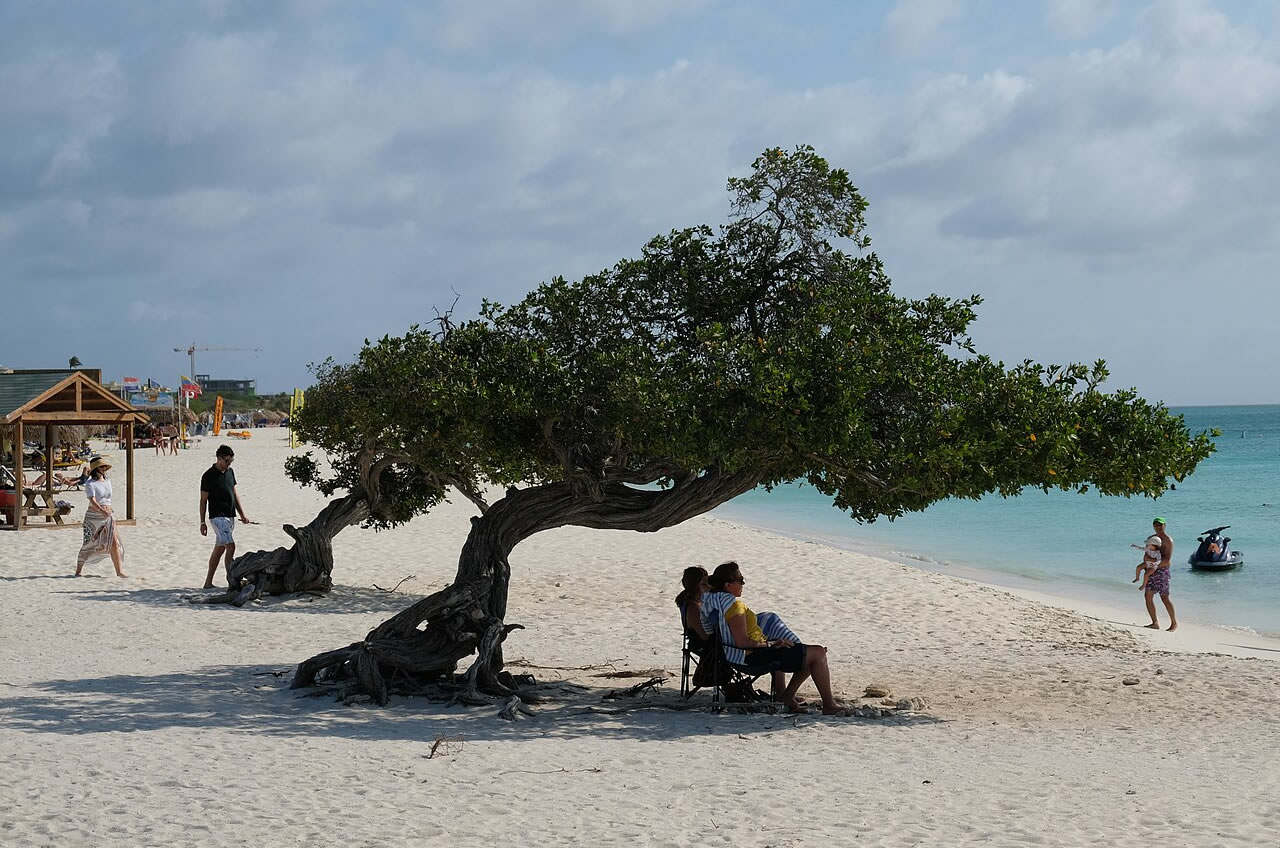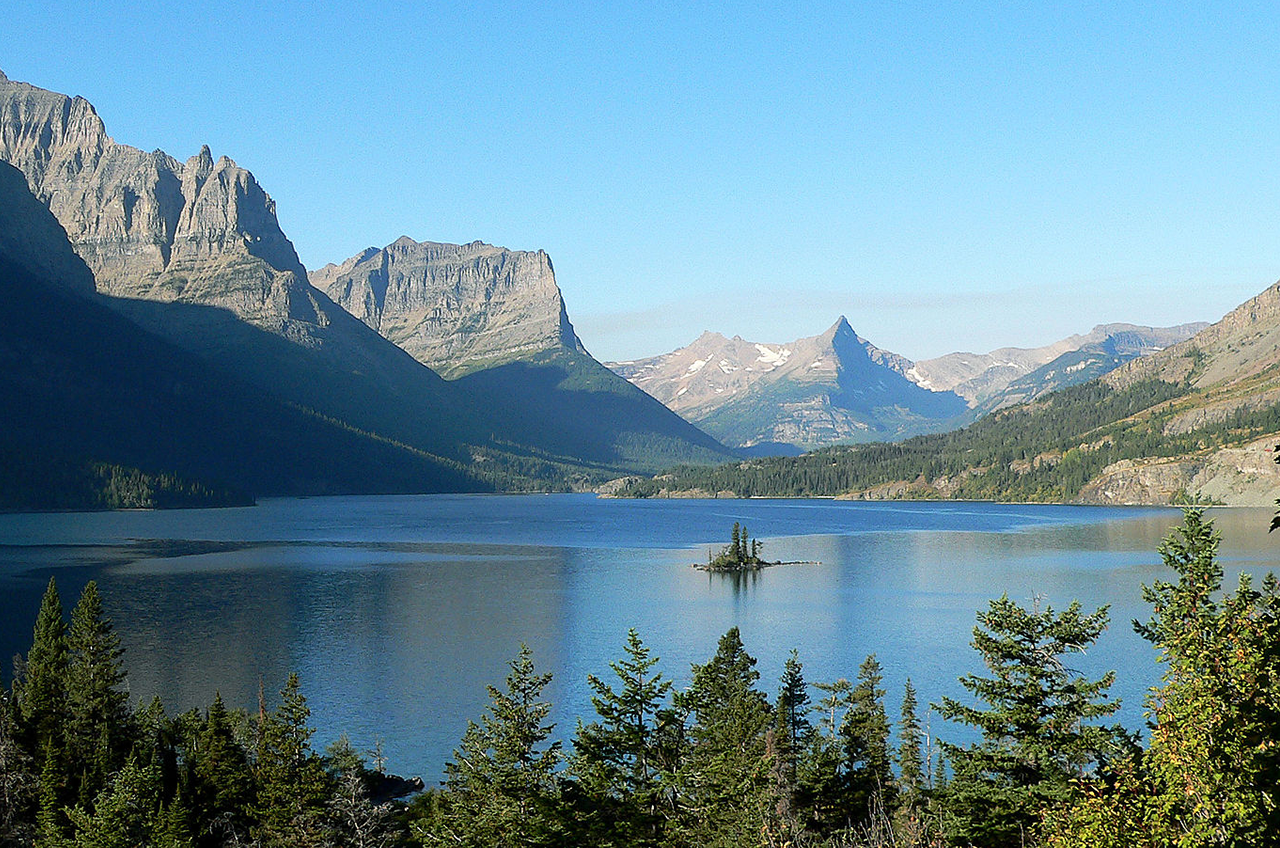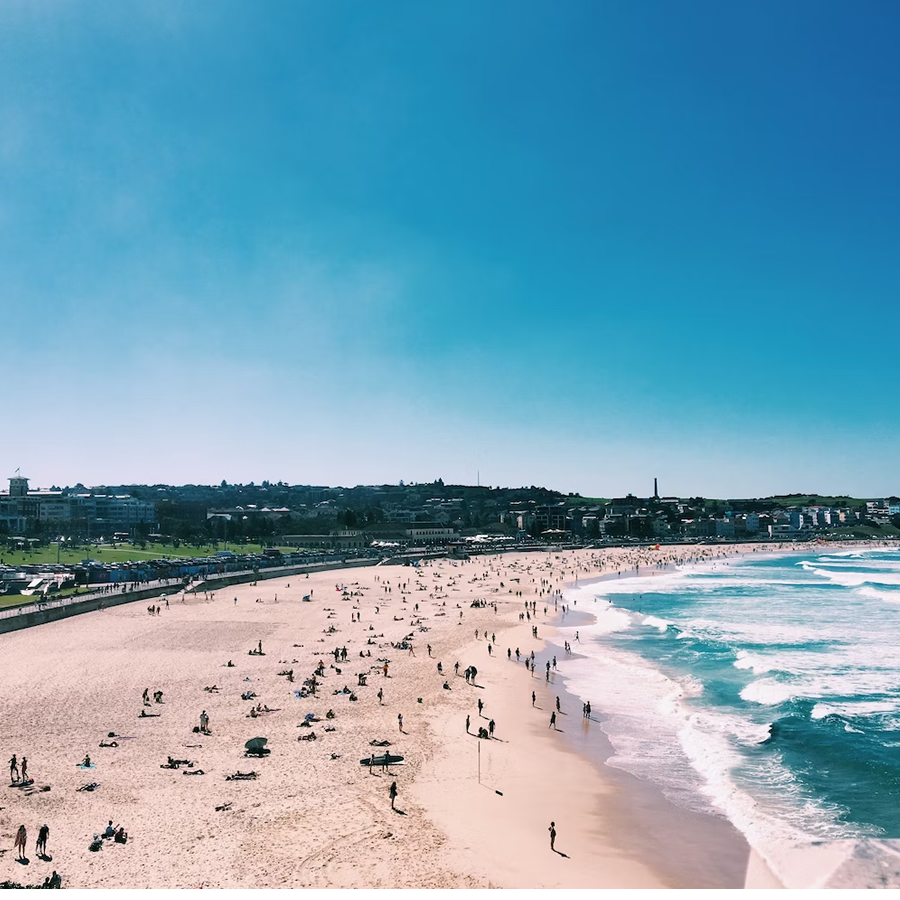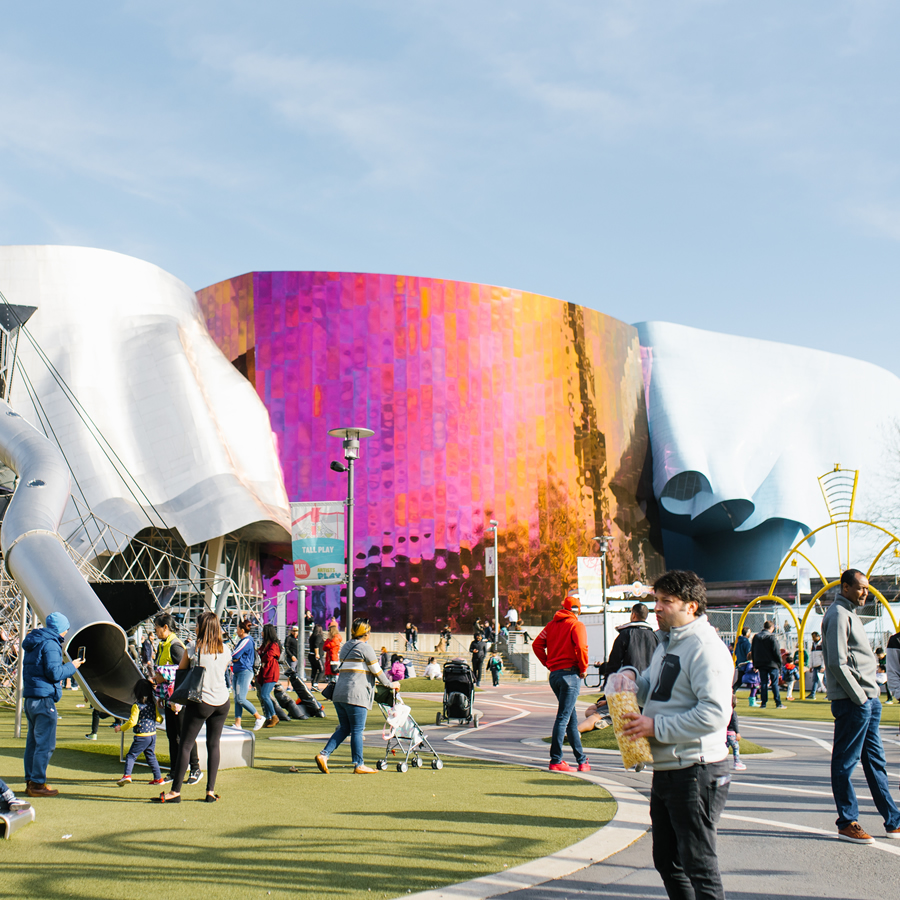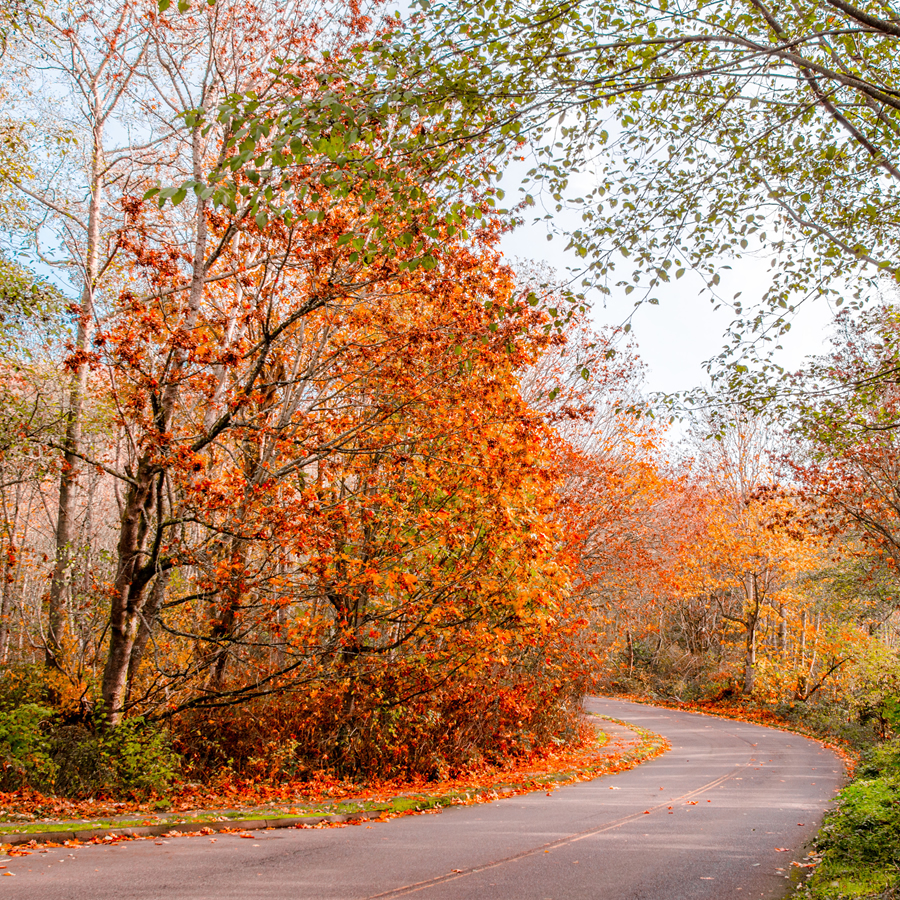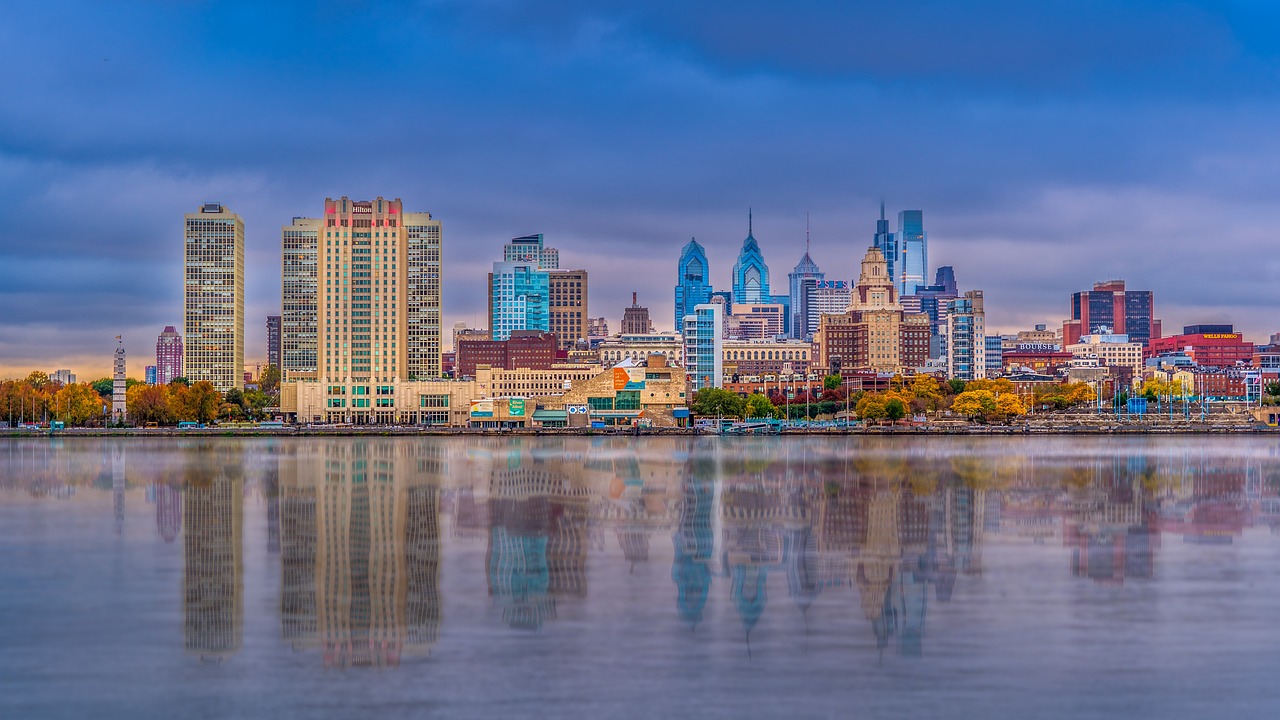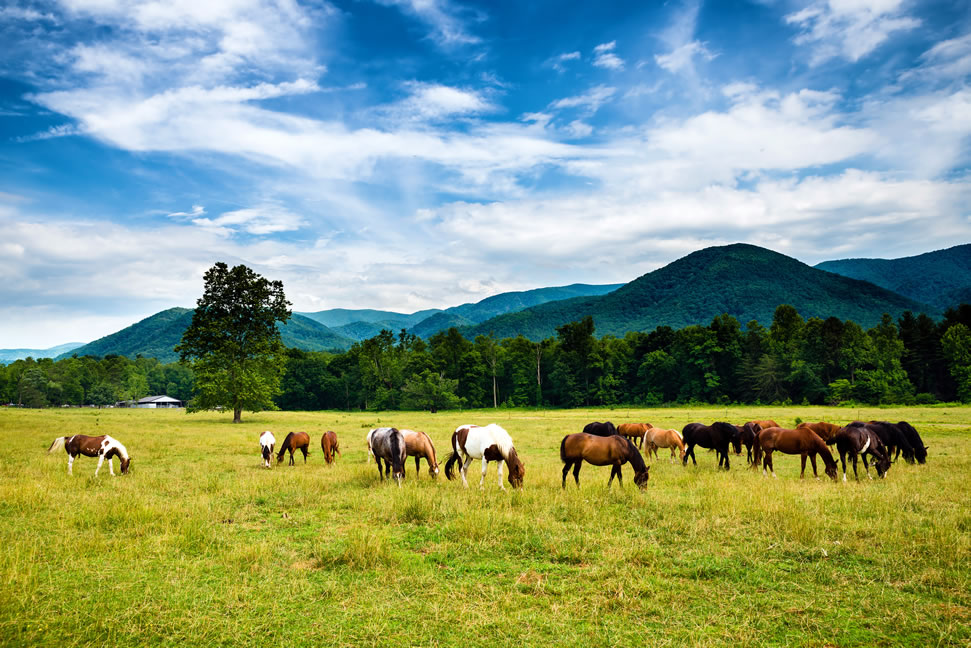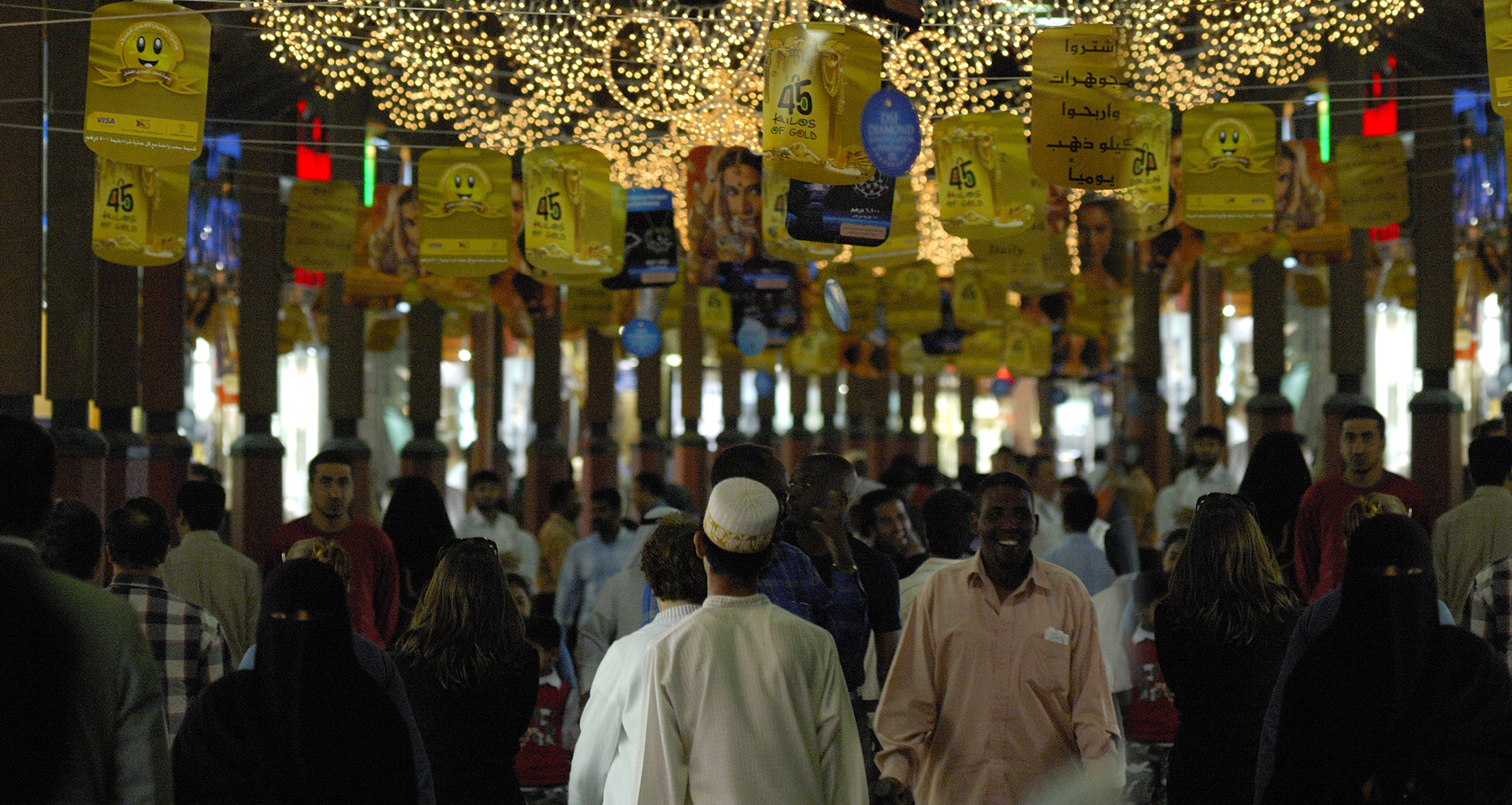St Mary Lake
Cheapest Places to Travel
Bondi Beach
The Museum of Pop Culture (formerly EMP, the “Experience Music Project”) is an inspired marriage between super-modern architecture and legendary rock-and-roll history that sprang from the imagination (and pocket) of Microsoft co-creator Paul Allen (1953–2018). Inside its avant-garde frame, you can tune into the famous sounds of Seattle (with an obvious bias toward Jimi Hendrix and grunge) or attempt to imitate the masters in the Interactive Sound Lab.
There’s a science fiction and fantasy exhibit on-site, as well as various temporary exhibits.
Continue readingMuseum of Pop Culture
The Museum of Pop Culture (formerly EMP, the “Experience Music Project”) is an inspired marriage between super-modern architecture and legendary rock-and-roll history that sprang from the imagination (and pocket) of Microsoft co-creator Paul Allen (1953–2018). Inside its avant-garde frame, you can tune into the famous sounds of Seattle (with an obvious bias toward Jimi Hendrix and grunge) or attempt to imitate the masters in the Interactive Sound Lab.
There’s a science fiction and fantasy exhibit on-site, as well as various temporary exhibits.
Continue readingDiscovery Park
Discovery Park
Hard to beat on a sunny spring day, this former military installation has been transformed into a wild coastal park, laced with walking trails and offering glimpses of the Olympic Mountains across the water. It’s the largest green space in the Seattle, with 534 acres of forest, meadows, sand dunes and beaches, providing a welcome escape for locals and a vital corridor for wildlife.
Continue readingPennsylvania Travel Log
Pennsylvania, known for its rich history, stunning landscapes, and vibrant cities, offers a diverse range of experiences for travelers. Join me as I embark on a journey to discover the top 10 destinations in this beautiful state:
Continue readingLa Paz Waterfall Gardens
La Paz Waterfall Gardens
This polished storybook garden complex just east of Volcán Poás offers the most easily digestible cultural experience in the Central Valley and is the largest animal sanctuary in Costa Rica. Set aside at least two hours to experience the gardens, but you could easily spend an entire day exploring the natural wonders on offer. Guided tours are available to book and there are several bars and restaurants available on site for when you’ve grown tired of feeding the birds and want to indulge yourself.
Continue reading
